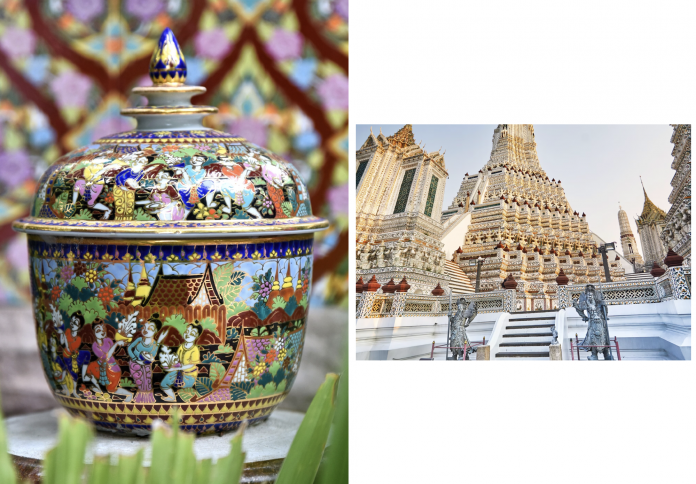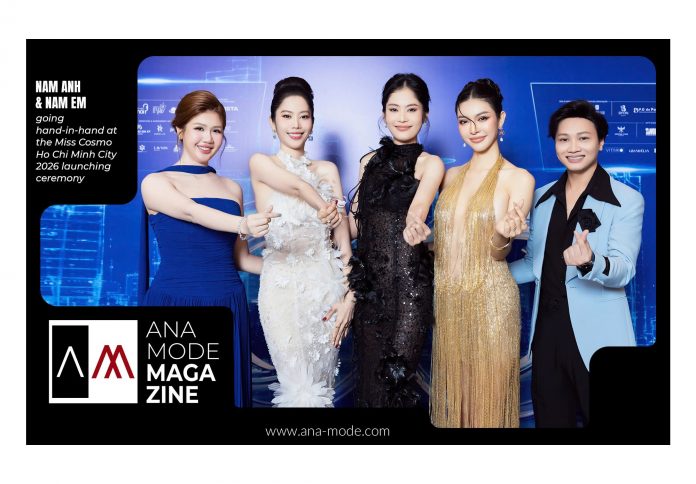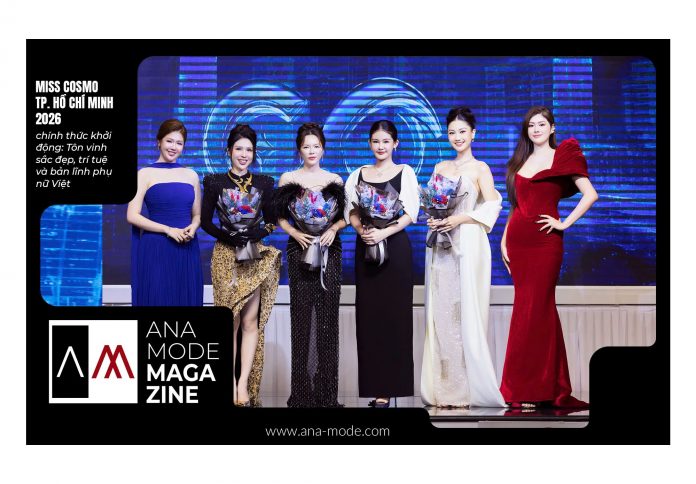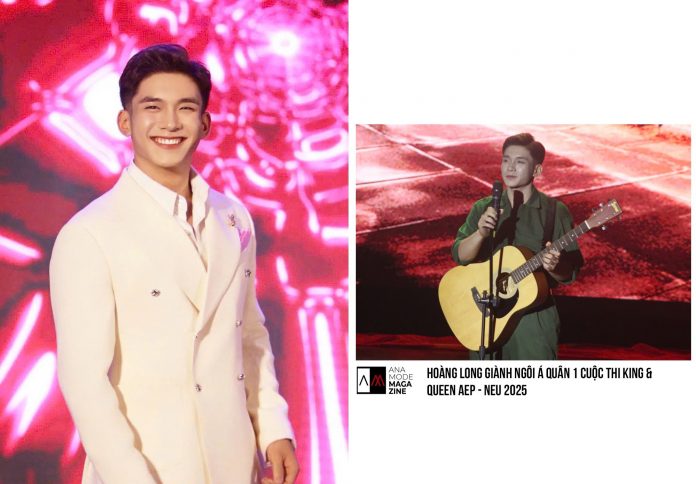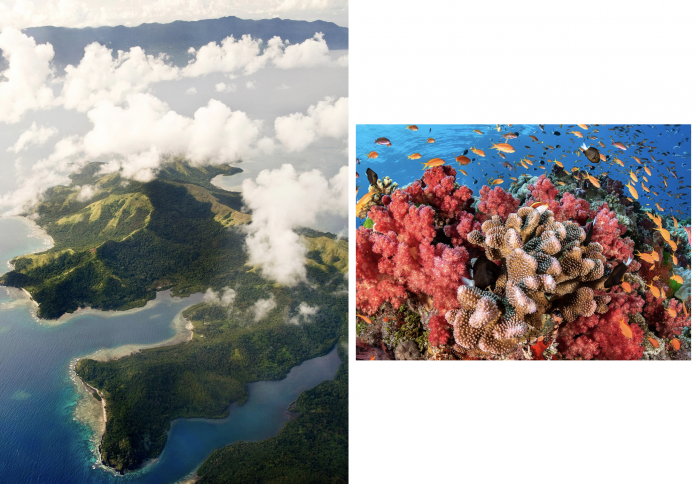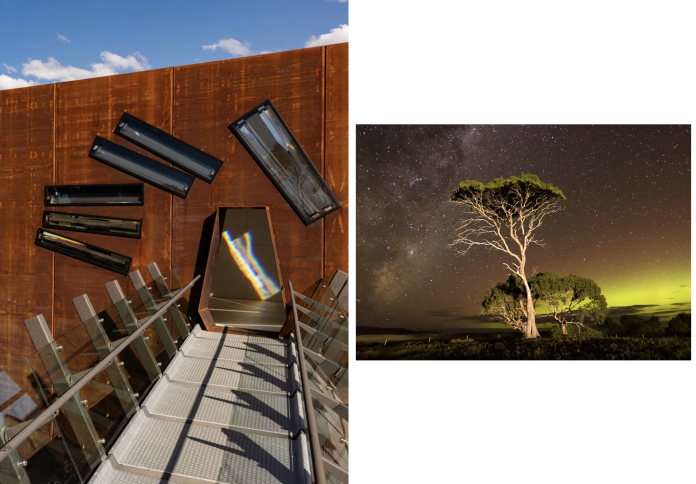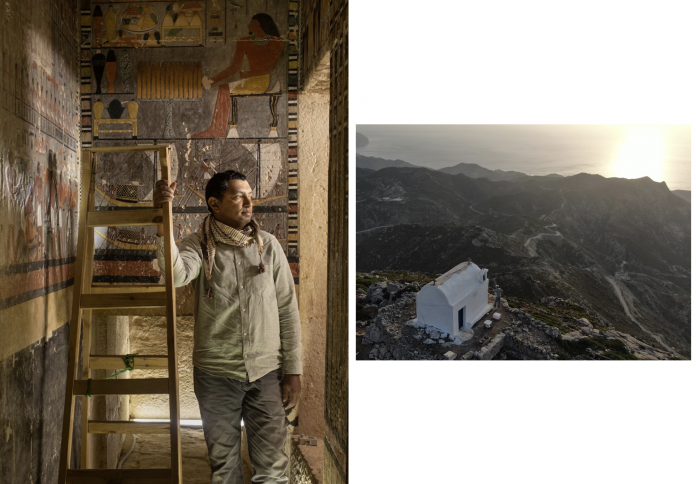The “Thai Royal Treasure” being preserved by a dwindling number of master artisans, as highlighted in the National Geographic article, is the art of crafting Khon masks and elaborate costumes. Khon, a highly sophisticated and prestigious masked dance-drama, is considered the crown jewel of Thai classical performing arts, steeped in royal tradition and ritual. The creation of every single element of a Khon performance—from the intricately painted, papier-mâché masks that transform dancers into deities, demons, and monkeys, to the dazzling, hand-embroidered costumes woven with gold and silver thread—requires a mastery of ancient, highly specialized artistic disciplines. These artisans are the living repositories of techniques passed down through generations, often linked directly to the royal courts of Thailand’s past. Their work ensures that the aesthetic and spiritual integrity of this majestic art form, which narrates episodes from the epic Ramakien (the Thai version of the Ramayana), continues to shine as a symbol of the kingdom’s rich cultural heritage.
Khon: A Prestigious Royal Art Form
Khon is not merely a performance; it is a sacred ritual and a quintessential expression of Thai identity, originating in the Ayutthaya period (1350–1767). Its profound connection to the monarchy is due to its traditional patronage by the royal court, where it served as the highest form of entertainment and state ceremony.
The art form combines graceful dance movements, stylized combat choreography, traditional music, and poetic narration. Its complexity is unmatched, requiring years of rigorous training for performers and an even deeper dedication from the craftsmen who create the physical artistry. The narratives, primarily drawn from the Ramakien, often revolve around the triumph of good (represented by Lord Rama) over evil (the demon king Ravana), reinforcing cultural values and moral lessons. The performance is fundamentally theatrical, yet every movement, costume piece, and musical note is imbued with spiritual significance and symbolism. The entire production is a meticulously choreographed spectacle that honors the gods and the traditions of the realm. The Khon tradition remains a powerful reminder of Thailand’s historical grandeur and a living link to the artistic standards of its royal past.
The Soul of the Spectacle: The Masks
Central to the art of Khon are the exquisite masks (hua khon), which are themselves considered sacred objects requiring profound knowledge and respect to create. These masks do more than conceal a dancer’s face; they instantly transform the performer into a specific character, conveying their rank, personality, and supernatural power.
The process of crafting a single Khon mask is an incredibly labor-intensive effort that can take months to complete. It involves multiple stages, beginning with sculpting the basic form, typically from clay, before creating a mould for the papier-mâché structure. Once cured, the mask is painstakingly decorated with intricate details. Artisans employ complex techniques for painting, lacquering, and applying gold leaf and mosaic fragments of glass or colored stones to achieve a dazzling, otherworldly effect. Characters fall into four main categories: the Phra (lords/gods), Nang (ladies), Yak (ogres/demons), and Ling (monkeys), with over a hundred distinct types of masks to represent the various figures within the Ramakien. Each color, shape, and ornament on the mask is dictated by precise, age-old canons, making the mask a symbol of artistic discipline and cultural fidelity.
Golden Threads: The Costumes and Embellishments
Complementing the masks are the dazzling, elaborate Khon costumes and accessories, which are masterpieces of textile and metallic craftsmanship. The clothing is a treasure in itself, meticulously woven and embroidered to symbolize the power and divinity of the royal and mythological figures being portrayed.
The fabric used is traditionally a specialized type of Thai silk interwoven with gold and silver brocade. The final embroidery is often executed using metallic threads, creating intricate patterns that catch the light with every movement. The costume components—including breastplates, arm cuffs, belts, and crowns—are adorned with highly detailed metallic elements, sometimes inlaid with semi-precious stones. These techniques are often highly secretive and guarded, making the artisans who possess them the last of their kind. Their skills extend beyond weaving and sewing to include gold and silver smithing for the elaborate jewelry and headpieces, such as the chada (crown) worn by principal characters like Lord Rama. The sheer complexity and wealth of materials used in a single costume highlight its status as a royal treasure, demanding the highest level of artistic integrity and precision.
The Khrua In Khong Connection: A Glimpse of Modernity
While the National Geographic article focuses on the ancient art of Khon, the search results also reveal another remarkable figure in Thai art history: Khrua In Khong. This monk-artist, active during the reign of King Rama IV (Mongkut, mid-19th century), represents an earlier, significant transition in the Thai arts, specifically in painting.
Khrua In Khong is celebrated as the first Thai artist to introduce Western artistic techniques like linear perspective, realism, and chiaroscuro (the use of light and shadow) into traditional Thai mural painting. Under King Mongkut’s patronage—a monarch keenly interested in Western science and rationalism—In Khong’s murals at temples like Wat Bowonniwet depicted not just traditional Buddhist tales, but allegorical scenes featuring Western technology, buildings, and European-dressed figures. This radical departure from the two-dimensional, highly stylized traditional art of the time was a visual response to the political and intellectual challenges of the West. It was an effort to show that Thai Buddhist thought could harmonize with modern, scientific worldview. This story, though distinct from Khon, underscores a persistent theme in Thai royal arts: the strategic preservation and adaptation of heritage in the face of changing times, whether by meticulously safeguarding ancient craft (Khon) or boldly incorporating new techniques (Khrua In Khong’s murals).
Preservation and the Future of the Crafts
The greatest challenge facing the continuation of Khon is the dwindling number of master craftsmen who possess the necessary, all-encompassing skills. The meticulous nature of the work—requiring decades to master—and the relatively low number of apprentices pose a significant threat to the long-term survival of the craft.

In recognition of this cultural crisis, there have been numerous royal and governmental initiatives to revive and preserve the art. Notably, the late Her Majesty Queen Sirikit The Queen Mother was a tireless patron, establishing foundations to support the artisans and bring Khon performances and exhibitions to international audiences. These efforts have not only provided steady employment and a platform for the artists but have also raised the profile of Khon as a national heritage. Today, institutions are trying to formalize the passing down of knowledge, ensuring that the ancient techniques of mask-making, gold embroidery, and costume assembly do not disappear with the last generation of masters. Their struggle is a critical battle to maintain a vibrant, tangible link to the kingdom’s profound artistic and spiritual history.
